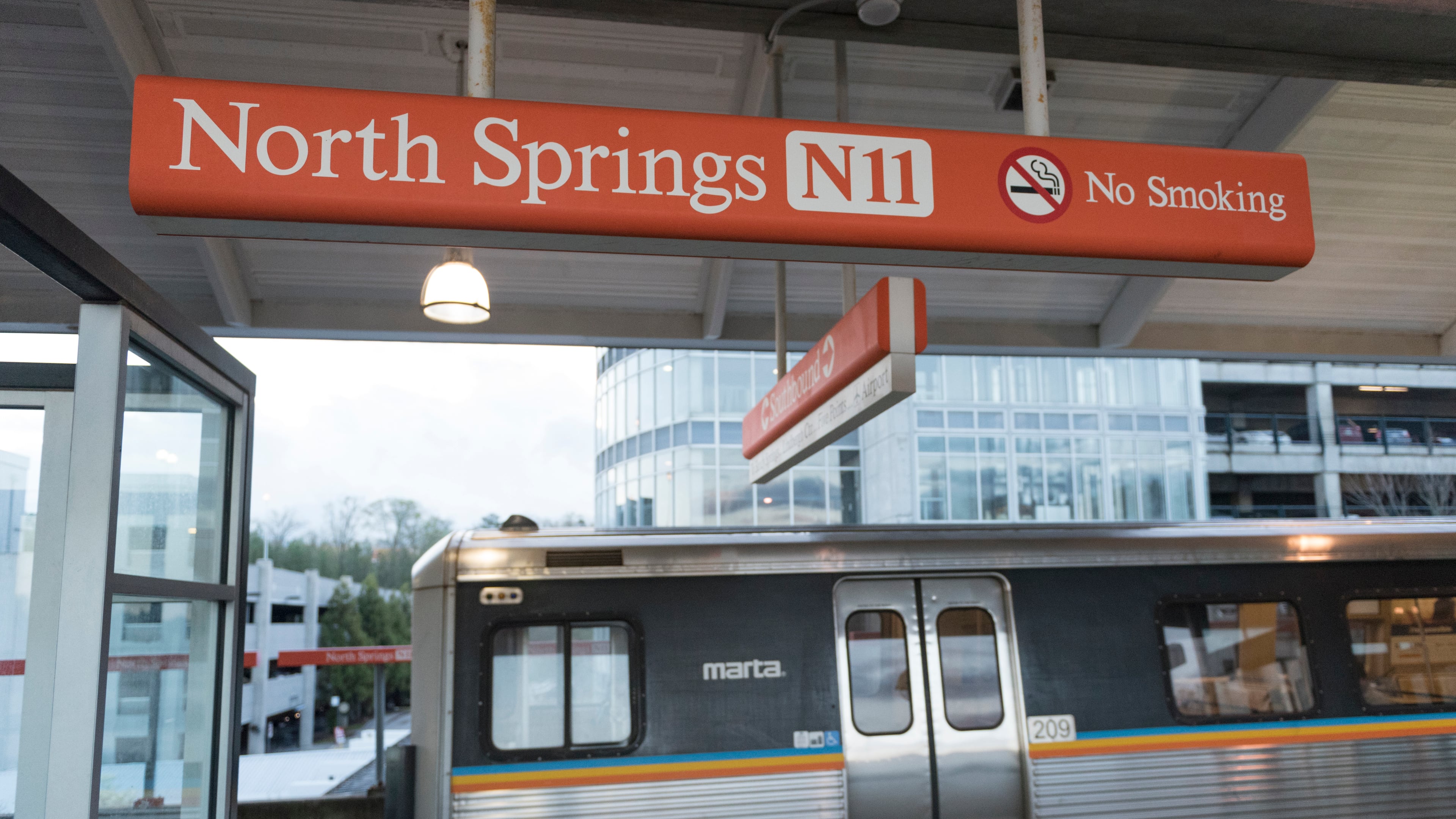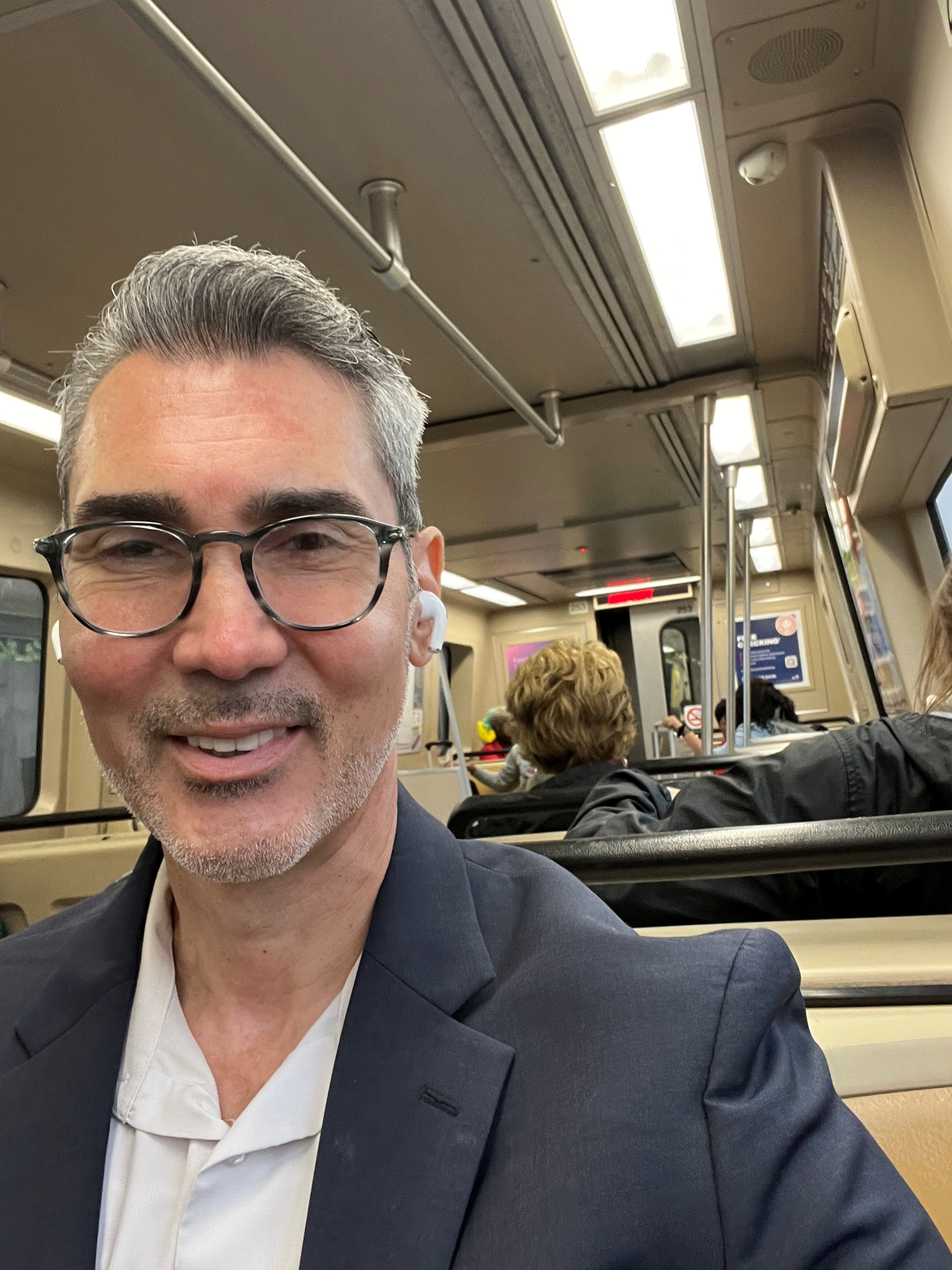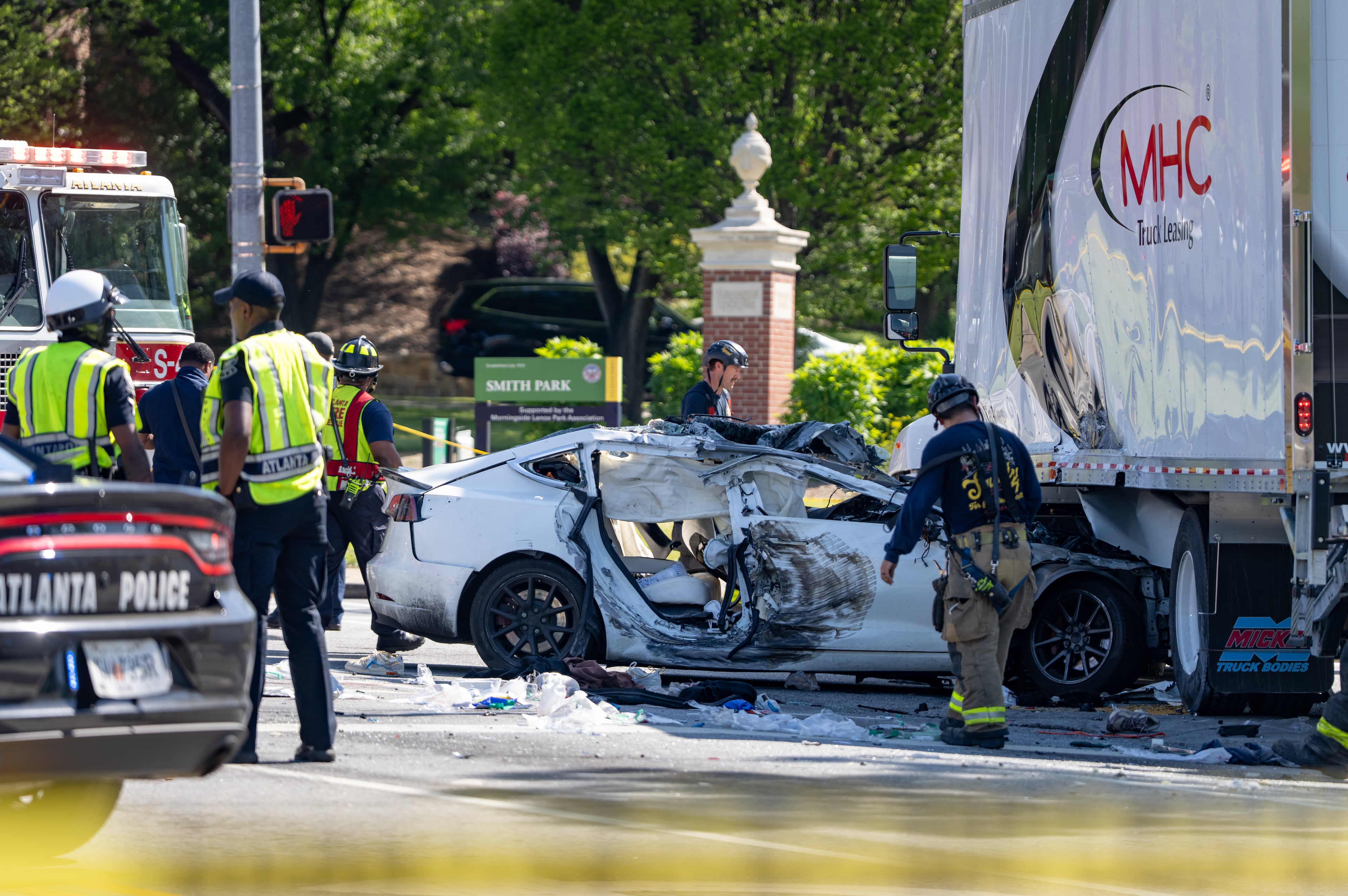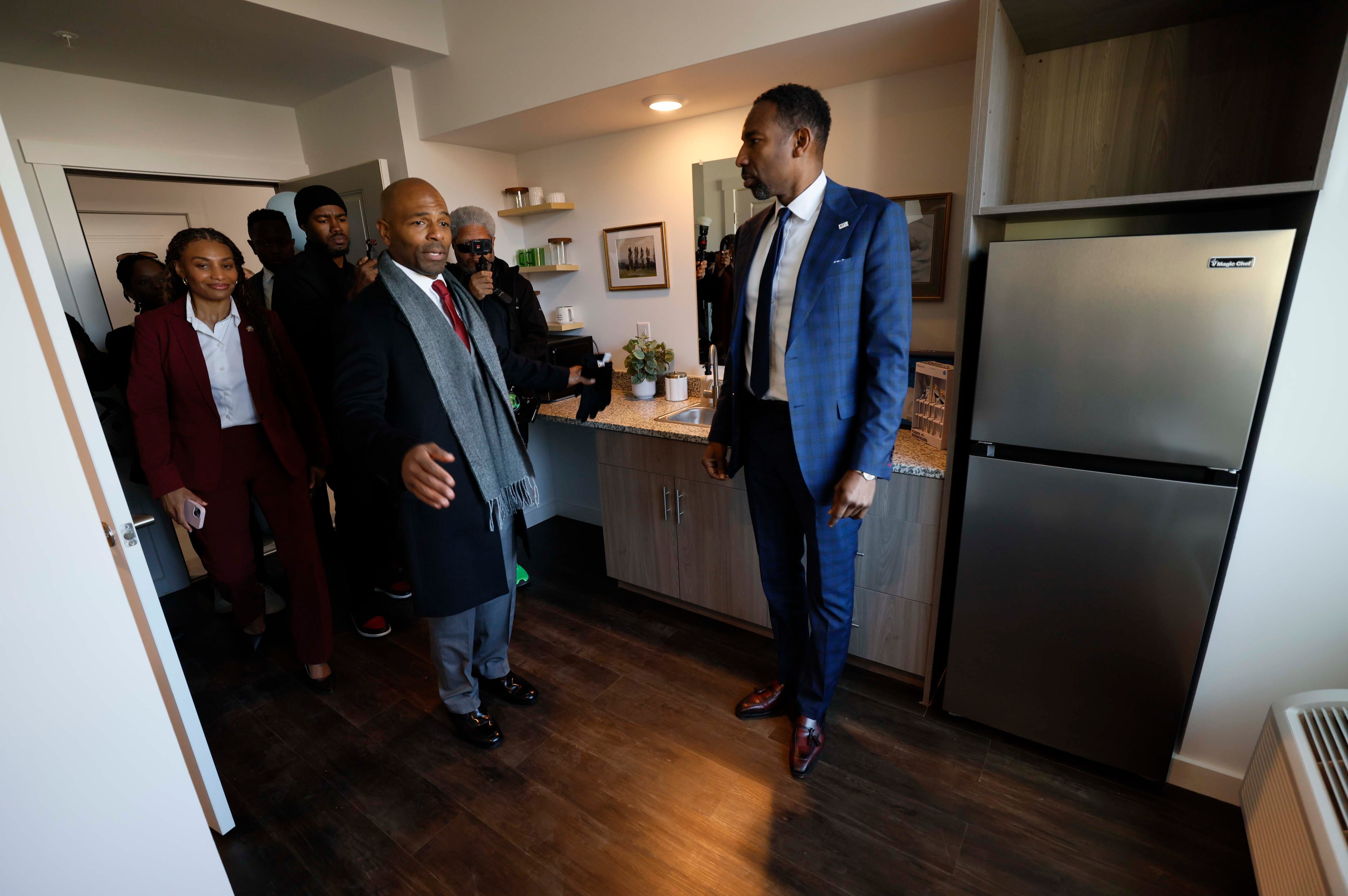I got lost taking MARTA, but I will ride again

As a newcomer to metro Atlanta and an avid transit fan, I took the MARTA train the first week I arrived.
It was a short trip, admittedly, on the red line from the Arts Center station — near The Atlanta Journal-Constitution newsroom — one stop south to the Midtown station where I met a colleague for dinner on May 22.
But I managed to get my MARTA app and my Breeze transit card that day, and I knew I wanted to do this more often.
While I am still finding a permanent place to live, I am staying with family in Cumming and the drive to and from Midtown has ranged from 35 minutes to two hours one way.
Another colleague who lives nearby suggested I combine driving and transit, and on Tuesday I started parking at the MARTA North Springs station Park & Ride and taking the train in and out of town.
The train ride is about 20 minutes, but unlike driving the whole way, I am able to decompress, read, think and be fully present by the time I walk to my office. Moreover, the drive to and from the Park & Ride has varied between 15 and 40 minutes one way — a marked improvement from the previous week.
I won’t always be able to take the train because of my schedule, but I am glad it is an option.
MARTA ridership is in decline, but safety concerns are not as bad as perceived

Shortly before I started working at the AJC, I was already reading the publication’s opinion pages and I took great interest in the April 20 guest column by Douglas Nagy titled “MARTA must get back on track. Here’s how.”
Nagy of Atlanta is a former deputy commissioner of the city’s Department of Transportation and a MARTA rider.
He talked about the history of the transit system that voters approved in the 1970s and also its various challenges, most notably, the ridership that has not recovered to pre-pandemic levels.
“MARTA now carries fewer riders than it did in the 1970s, when it operated solely as a bus system — before the 48-mile heavy rail metro was even built,” Nagy wrote.
Nagy offered a series of recommendations, among them investing in safety and the long-delayed redesign of the bus system.
The safety concern is one I hear most from people who are reticent to take a bus or train — and it is more perception. But that sincere belief is built upon isolated incidents of violence that scare people who are not accustomed to taking public transit.
Recent shootings at stations do not help.
Yet, in looking at the data on MARTA safety, as the AJC reporters Sara Gregory and Reed Williams recently did, serious crimes were down 35% from the previous year.
Part of the problem is that most Americans do not ride transit because society is centered on automobiles and roadways.
Consider these Census American Community Survey figures from 2023 on how Americans commute. The numbers below compare driving alone, transit ridership and working from home. Other means not listed here include carpooling, bike riding and walking.
Atlanta tops other Southern cities on transit ridership, but it is still far from being New York or Chicago.
Experience in other Southern cities shows slower progress
I included Nashville, Tennessee, and Fort Myers, Florida, because they are cities I used to live in. Fort Myers is still incredibly car-centric and when I lived there, the bus system was not an efficient way to get around, especially if one had to be dressed up and walk in the Southwest Florida heat.
Nashville is an interesting case because the transit conversation advanced considerably over the years.
In 2018, a transit referendum that included light rail, an underground tunnel for transit and more bus service failed by a 2-to-1 vote margin. The reasons were multiple, from a mayoral scandal to a successful opposition campaign calling on voters to reject any tax money for train tracks.
In 2024, however, about 66% of voters passed a transit referendum that focused on better bus service, sidewalk safety and smoother traffic flow.
I rode the bus weekly while I lived in Nashville, but I lived only 2.5 miles from my office. It would not have worked so well if I had my current 28-mile commute.
I got lost on the train ride, but it was a fixable mistake
I also included my birthplace of Chicago because I grew up taking the Chicago CTA bus, elevated “L” train and Metra lines. They were lifelines to school, job opportunities and recreational events.
That is another way of saying I had formed a habit from 6 years old of riding transit and sitting near strangers from all walks of life.
Much like my experience with MARTA, Chicago transit overall is clean, safe and efficient.
People whose experience has been driving their cars, Uber or Lyft, and/or autonomous vehicles, might have little interest in being around people they do not know, besides the driver.
My hope is that MARTA will turn around its numbers and invest in a new trajectory toward growth that gives longtime residents and newcomers like me another option besides the roadways.
And sometimes, it offers an opportunity for exploration.
I started writing this column while taking the MARTA train from the Arts Center station to North Springs and, in doing so, got really into my head.
Little did I realize that I hopped on the wrong train, and instead of heading north on the red line, I ended up northeast in Doraville on the gold line.

I took the train back, got on the right line and eventually made it home.
My mistake did not deter me, and I took the train again the next day.
I am determined to improve MARTA’s passenger count — one rider at a time.
David Plazas is the opinion editor for The Atlanta Journal-Constitution. Email him at david.plazas@ajc.com.


